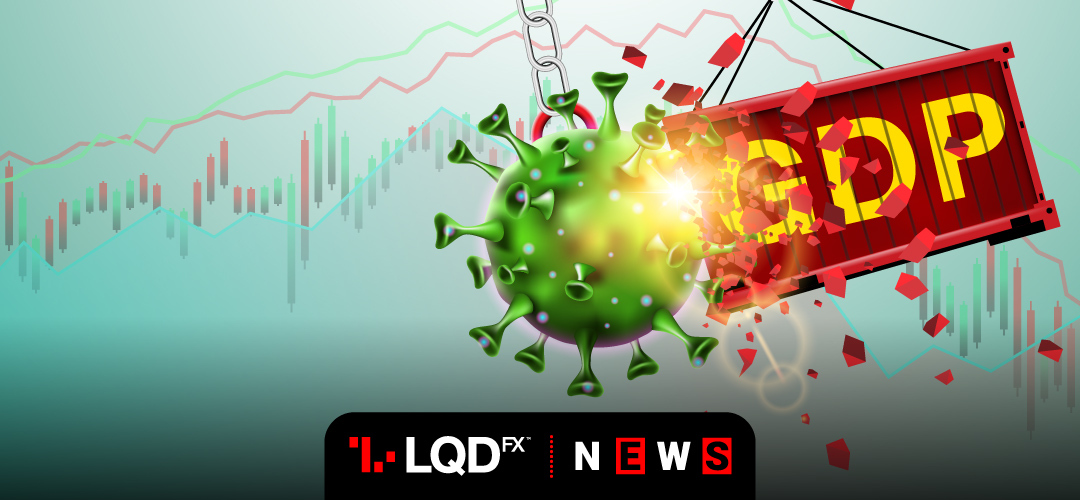The US economy shrank at an even faster pace than originally estimated in the first quarter, as GDP fell by an annualized rate of 5% instead of 4.8%.
The Gross Domestic Product (GDP) is one of the broadest measures of the health of the economy. A sharp drop-off in consumer spending caused much of the decline. It is the worst decline since the economic crisis of 2008
Experts expect a worse second quarter and a growth and sharp rebound in the third quarter. Still, this rebound would not be enough to make up for the economic output of the first and second quarters.
Moreover, the U.S. consumer spending dropped by a record 13.6% in April. Such data added to expectations that the US economy could contract in the second quarter at its steepest pace since the Great Depression.
According to a flash estimate by Statistics Canada, the Canada GDP fell a record 11% in April from the previous month as the biggest part of the economy was shut down. Annualized growth for the first quarter sank by 8.2% – the greatest since the 8.7% decline in the first quarter of 2009.
President Donald Trump is due to make an announcement later in the day and has vowed a tough response to China’s move. Many fear that this move could erode some of the U.S. economic privileges that Hong Kong enjoys.
France’s economy contracted less than initially thought in the first quarter. But it still plunged deep into recession at fastest pace in 50 years and the worst is yet to come. The euro zone’s second biggest-economy shrank 5.3% for the first quarter.
START TRADINGForex – US economy shrank at 5% annual rate
Worsening Sino-Us relations and an expected US executive order related to social media companies weighed on the sentiment.
The dollar fell 0.4% against the Japanese currency at 107.16 yen. Earlier, the yen rose against major currencies as investors looked for safe havens before Trump’s response to China.
The Australian dollar fetched $0.6650, close to its highest in more than two months. The New Zealand dollar traded at $0.6208, near its strongest since early March.
The euro extended its gains, testing two-month highs. The common currency which got a boost from the European Commission’s stimulus plan announced earlier this week, rose 0.6% to $1.1140.
The pound fell to a two-month low against a broadly strong euro on Friday ahead of a new round of Brexit talks next week.
Against a broadly strong euro, sterling lost 0.4% to 90.26 pence, reaching its weakest since March 27. Against a weakening dollar, the pound gained 0.1% to $1.2332. Traders are afraid that tensions between U.S. President Donald Trump and China could escalate.
Oil prices were dragged sharply lower on Friday, but were still on track for a hefty monthly gain.
July Brent crude fell 61 cents, or 1.73%, to $34.68 a barrel by 1408 GMT. The more active August contract lost 58 cents, or 1.61%, to $35.45. U.S. West Texas Intermediate (WTI) crude was down 44 cents, or 1.31%, at $33.27.
PLEASE NOTE The information above is not investment advice.
Sources: Reuters, Investing, CNN money
